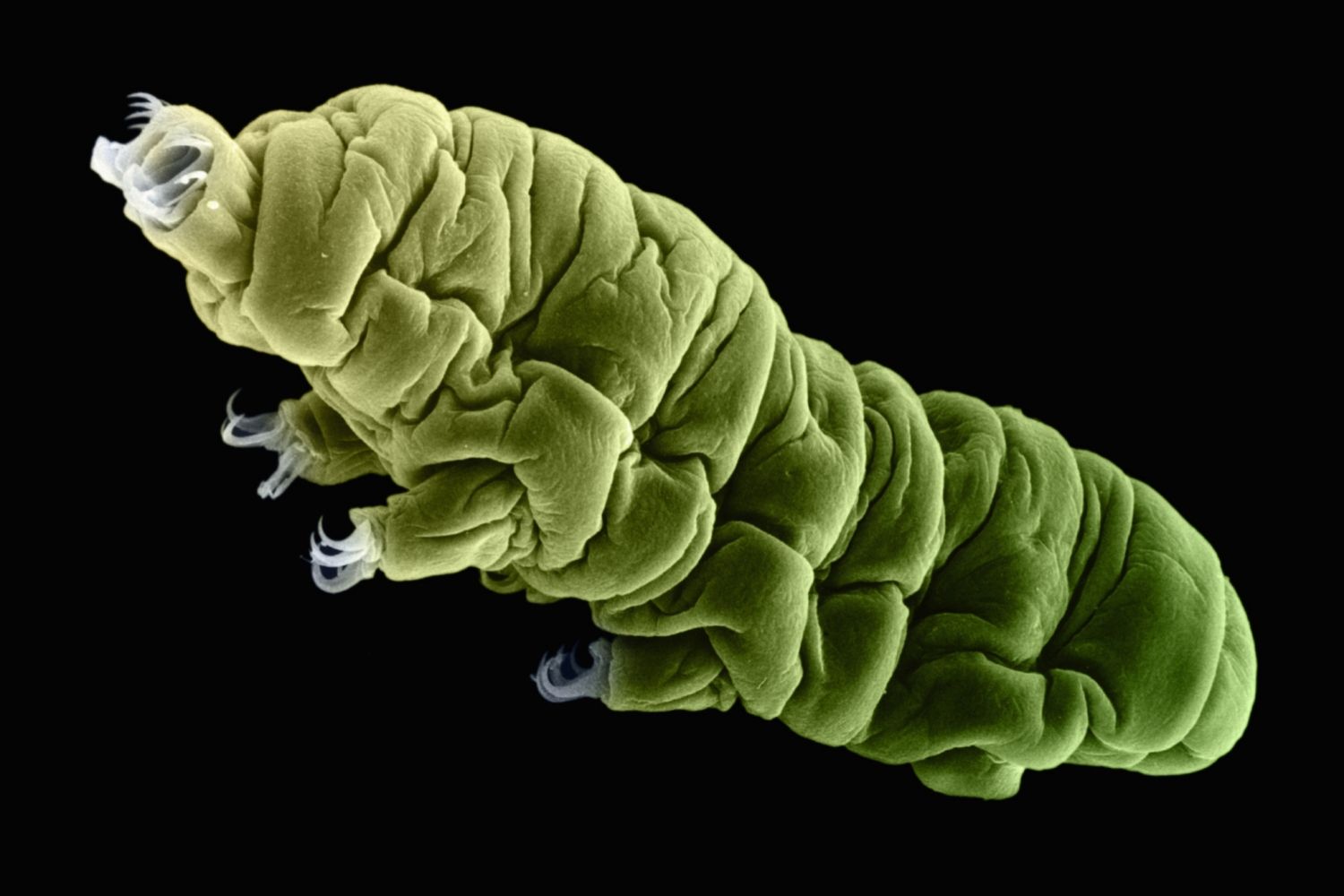
What are extremophiles? Extremophiles are organisms that thrive in extreme environments where most life forms would perish. These incredible creatures can be found in boiling hot springs, deep ocean trenches, acidic lakes, and even radioactive waste. Why are extremophiles important? They hold the key to understanding life's adaptability and resilience. Scientists study them to gain insights into potential life on other planets and to develop new biotechnologies. How do extremophiles survive? They possess unique adaptations like specialized enzymes and proteins that function under extreme conditions. Are extremophiles useful? Absolutely! They have applications in medicine, industry, and environmental cleanup. Ready to learn more? Let's dive into 28 fascinating facts about these extraordinary organisms!
What Are Extremophiles?
Extremophiles are organisms that thrive in extreme environments where most life forms would perish. These resilient creatures have adapted to survive in conditions that are too hot, too cold, too acidic, or too alkaline for most other organisms.
- Extremophiles can live in temperatures exceeding 100°C (212°F), such as in hydrothermal vents.
- Some extremophiles, like psychrophiles, thrive in temperatures as low as -20°C (-4°F).
- Acidophiles can survive in environments with a pH as low as 0, which is comparable to battery acid.
- Alkaliphiles flourish in highly alkaline environments with pH levels up to 12, similar to household bleach.
Types of Extremophiles
There are various types of extremophiles, each adapted to specific extreme conditions. Understanding these types helps us appreciate the diversity and adaptability of life.
- Thermophiles thrive in extremely hot environments, such as hot springs and geothermal vents.
- Psychrophiles are adapted to cold environments like polar ice caps and deep ocean waters.
- Halophiles love salty conditions, often found in salt lakes and salt mines.
- Acidophiles prefer acidic environments, such as sulfuric pools and acidic mine drainage.
- Alkaliphiles are found in alkaline environments like soda lakes and high-pH soils.
- Barophiles, or piezophiles, live under high-pressure conditions, such as deep-sea trenches.
Unique Adaptations of Extremophiles
Extremophiles possess unique adaptations that allow them to survive and thrive in their harsh habitats. These adaptations are often biochemical and structural.
- Thermophiles have heat-stable enzymes that function optimally at high temperatures.
- Psychrophiles produce antifreeze proteins to prevent ice crystal formation in their cells.
- Halophiles maintain high internal salt concentrations to balance the osmotic pressure of their environment.
- Acidophiles have specialized cell membranes that prevent acid from entering their cells.
- Alkaliphiles possess enzymes that function best at high pH levels.
- Barophiles have flexible cell membranes that withstand high pressure without rupturing.
Extremophiles and Human Applications
The unique properties of extremophiles have significant applications in various fields, from industry to medicine. Their enzymes and biochemical processes are particularly valuable.
- Enzymes from thermophiles are used in industrial processes that require high temperatures, such as PCR (polymerase chain reaction) in molecular biology.
- Psychrophile enzymes are used in cold-wash laundry detergents to break down stains at low temperatures.
- Halophiles are studied for their potential in bioremediation of saline and alkaline environments.
- Acidophiles are used in bioleaching to extract metals from ores in mining.
- Alkaliphile enzymes are used in the production of biofuels and biodegradable plastics.
- Barophile enzymes are being researched for their potential in high-pressure industrial processes.
Extremophiles and the Search for Extraterrestrial Life
The study of extremophiles has profound implications for astrobiology and the search for life beyond Earth. Their ability to survive in extreme conditions suggests that life could exist in similar environments on other planets.
- Extremophiles provide models for potential life forms on Mars, which has extreme temperatures and high radiation levels.
- The icy moons of Jupiter and Saturn, such as Europa and Enceladus, may harbor extremophiles in their subsurface oceans.
- Extremophiles' ability to survive high radiation levels informs the search for life on planets with thin atmospheres.
- The discovery of extremophiles in deep-sea hydrothermal vents supports the possibility of life in similar environments on other celestial bodies.
- Studying extremophiles helps scientists understand the potential for life in exoplanetary systems with extreme conditions.
- Extremophiles' resilience to desiccation and high UV radiation informs the search for life in the harsh environments of space.
Extremophiles: Nature's Toughest Survivors
Extremophiles are some of the most fascinating organisms on Earth. They thrive in conditions that would be deadly for most life forms. From boiling hot springs to the icy depths of the Antarctic, these resilient creatures have adapted to survive where others can't. Their unique abilities not only expand our understanding of life's potential but also offer insights into biotechnology, medicine, and even the search for extraterrestrial life. Studying extremophiles helps scientists develop new enzymes for industrial processes, create more effective drugs, and explore the possibilities of life on other planets. These tiny yet mighty organisms remind us of nature's incredible adaptability and resilience. So, next time you think about the limits of life, remember the extremophiles pushing those boundaries every day. Their existence challenges our perceptions and opens up endless possibilities for scientific discovery.
Was this page helpful?
Our commitment to delivering trustworthy and engaging content is at the heart of what we do. Each fact on our site is contributed by real users like you, bringing a wealth of diverse insights and information. To ensure the highest standards of accuracy and reliability, our dedicated editors meticulously review each submission. This process guarantees that the facts we share are not only fascinating but also credible. Trust in our commitment to quality and authenticity as you explore and learn with us.
